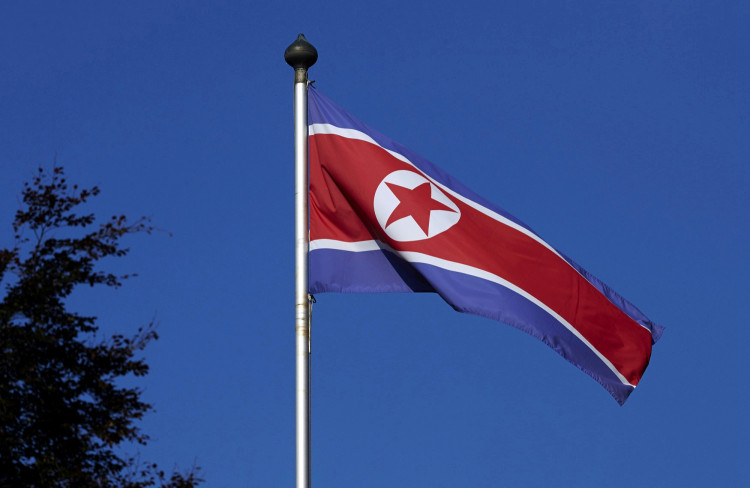On Wednesday (Nov. 2), North Korea launched at least 17 missiles into the ocean, one of which came down fewer than 60 kilometers off the coast of South Korea.
It was also the most missiles fired by the North in a single day, and it was the first time a ballistic missile had landed in close proximity to South Korean waters since the peninsula was split.
Yoon Suk-yeol, the president of the South, referred to the move as "territorial encroachment" by Pyongyang. As tensions grew in the area, South Korea issued unusual air raid warnings and fired its own missiles in retaliation.
The Northern Limit Line (NLL), a contentious maritime border between North and South Korea, is where the North Korean missile touched down.
In response, South Korean jets launched three air-to-ground missiles into the sea north of the NLL, according to the South's military. According to an official, the weapons employed were an AGM-84H/K SLAM-ER, a US-made "stand-off" precision attack weapon with a 360kg warhead that can fly for up to 270 meters.
Yoon's office promised a "swift and firm response" so that North Korea "pays the price for provocation."
"North Korea's provocation today was an effective act of territorial encroachment by a missile intruding the NLL for the first time since (the two Koreas') division," Yoon's office said.
The Joint Chiefs of Staff (JCS) of South Korea reported that the North Korean weapon was one of three short-range ballistic missiles launched into the sea from the North Korean coastal town of Wonsan. Later, according to the JCS, up to 14 further missiles of various types may have been launched from North Korea's east and west coasts.
On Monday, Oct. 31, North Korea urged an end to the U.S. and South Korean military drills, calling them provocations that could result in "more powerful follow-up measures" from Pyongyang.
On Monday, the U.S. and South Korea started one of their biggest joint military air drills, with hundreds of jets from both sides simulating attacks around the clock for more than a week.
The operation, dubbed Vigilant Storm, will go until Friday and will involve approximately 240 warplanes flying approximately 1,600 sorties, according to the US Air Force.
Washington and Seoul believe Pyongyang is about to resume nuclear bomb testing for the first time since 2017. They have adopted a strategy of "deterring" Pyongyang through big military drills, which some current and former officials worry would increase tensions.
North Korea sees the joint exercises as a dress rehearsal for an invasion and evidence of Washington and Seoul's hostile policy. In response to the exercises, it has launched missiles, conducted air maneuvers, and blasted artillery into the sea.






